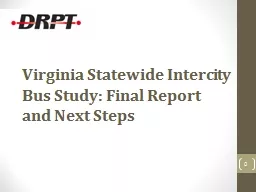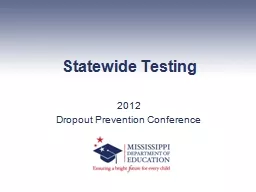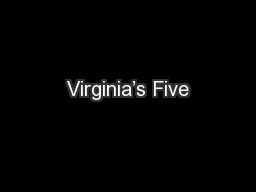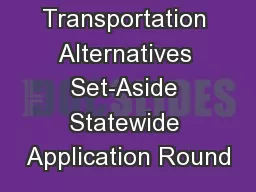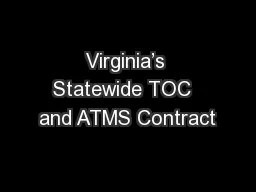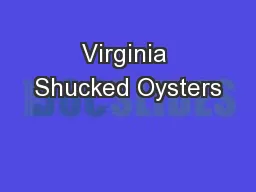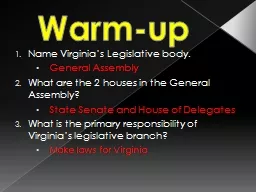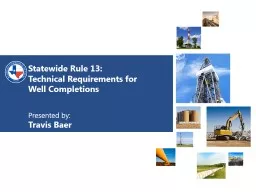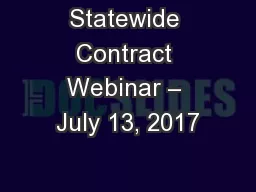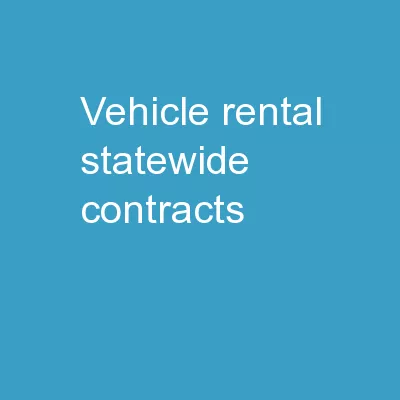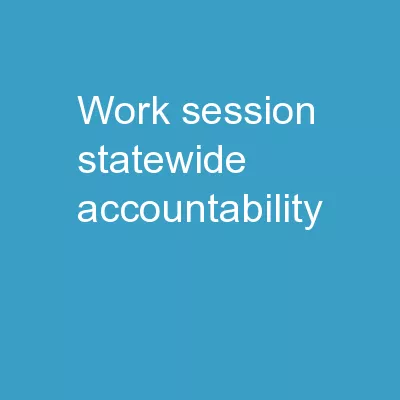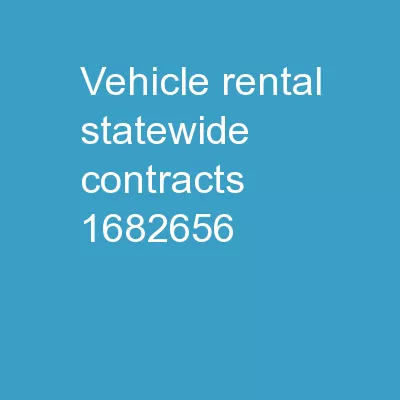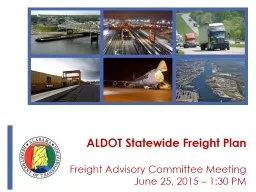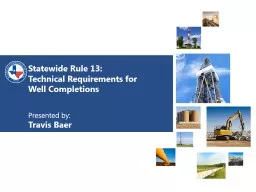PPT-Virginia Statewide Intercity Bus
Author : tatiana-dople | Published Date : 2016-05-15
Study Final Report and Next Steps 0 1 FTA Section 5311f Rural Intercity Program Nonurbanized services under 50000 population Intercity service is defined in the
Presentation Embed Code
Download Presentation
Download Presentation The PPT/PDF document "Virginia Statewide Intercity Bus" is the property of its rightful owner. Permission is granted to download and print the materials on this website for personal, non-commercial use only, and to display it on your personal computer provided you do not modify the materials and that you retain all copyright notices contained in the materials. By downloading content from our website, you accept the terms of this agreement.
Virginia Statewide Intercity Bus: Transcript
Download Rules Of Document
"Virginia Statewide Intercity Bus"The content belongs to its owner. You may download and print it for personal use, without modification, and keep all copyright notices. By downloading, you agree to these terms.
Related Documents

